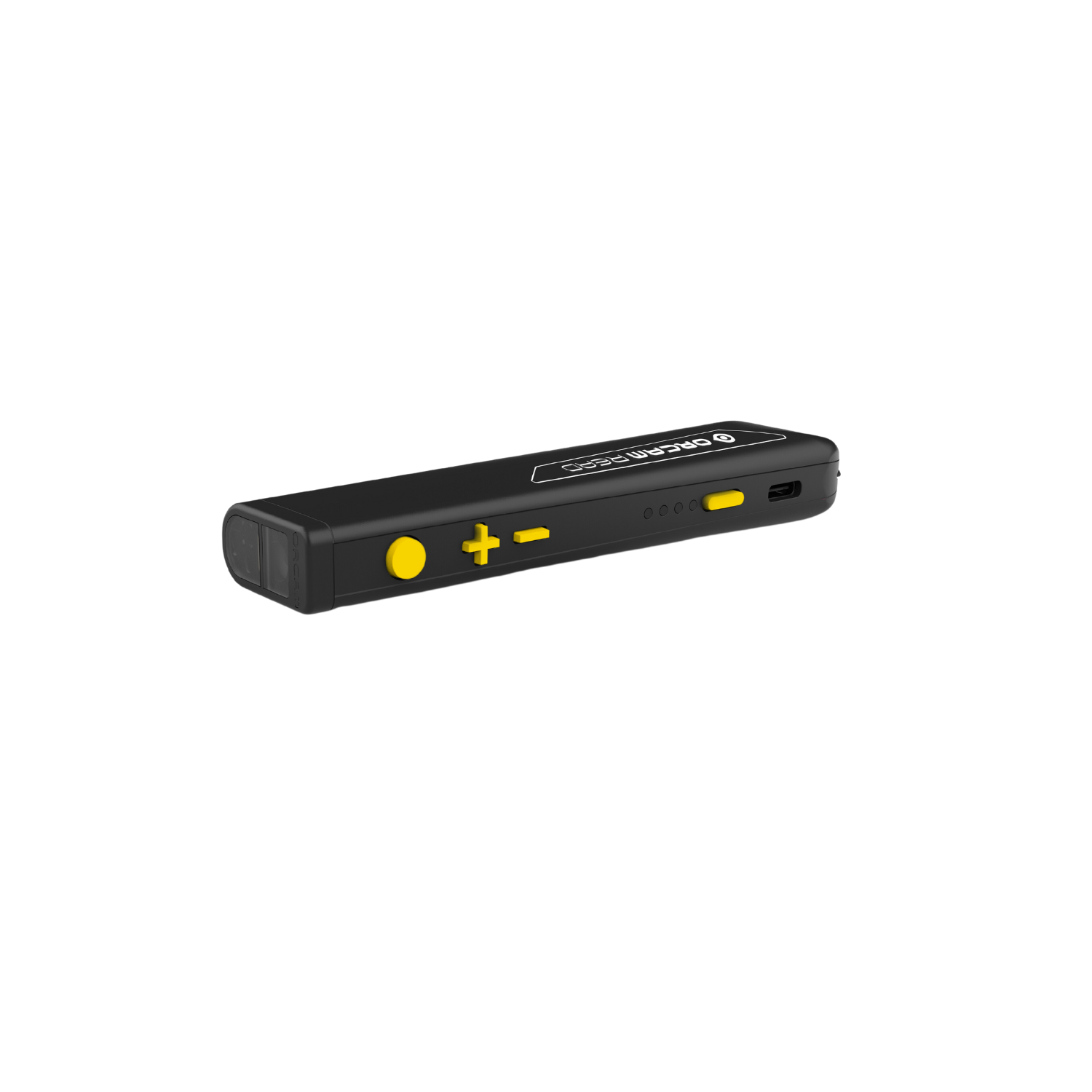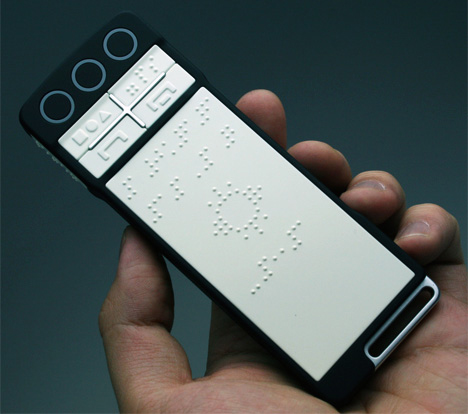Mobility Aids for Visually Impaired Users: Improving Independence
Mobility Aids for Visually Impaired Users: Improving Independence
Blog Article
Discover Innovative Devices Made for the Aesthetically Damaged
The advancement of innovative devices for the aesthetically damaged stands for a considerable development in availability and freedom. Technologies such as wise glasses with AI abilities and mobile applications designed to give acoustic descriptions are reshaping everyday experiences for users.
Smart Glasses for Navigating

Smart glasses designed for navigation are transforming the method aesthetically impaired people engage with their environment. These innovative devices make use of a combination of cam innovation, expert system, and auditory feedback to give real-time information concerning environments. By utilizing barrier detection systems, clever glasses can alert individuals to possible threats, allowing much safer mobility in both familiar and strange settings.
The assimilation of GPS innovation better enhances navigation capacities, enabling individuals to obtain auditory directions as they move. This hands-free technique not just cultivates independence yet additionally empowers aesthetically impaired individuals to browse urban landscapes with enhanced self-confidence. Furthermore, several clever glasses are geared up with attributes that recognize landmarks and street indicators, supplying contextual details that improves the individual experience.
In addition, the development of these devices is constantly progressing, with firms functioning to boost the precision of item acknowledgment and expand the range of navigational attributes. As clever glasses end up being much more inexpensive and easily accessible, they hold the possible to substantially transform life for visually damaged customers. Inevitably, these ingenious tools represent a crucial action toward inclusivity, offering enhanced movement and a greater feeling of freedom for individuals navigating the world around them.

Mobile Apps for Daily Living
Exactly how can mobile applications boost the day-to-day lives of aesthetically impaired people? Mobile apps are reinventing the way visually damaged individuals browse their atmospheres, handle everyday jobs, and gain access to information. These applications offer necessary assistance with different capabilities, fostering self-reliance and enhancing high quality of life.
Numerous cutting-edge mobile applications are developed particularly for everyday living. Apps like Be My Eyes link visually damaged customers with sighted volunteers via video telephone calls, permitting them to receive real-time help with jobs such as checking out labels or browsing unknown areas. In A Similar Way, Seeing AI, established by Microsoft, makes use of expert system to define surroundings, read message, and identify objects, effectively transforming a smartphone right into an effective device for everyday help.
In addition, navigating apps customized for the visually damaged, such as Aira and BlindSquare, supply audio-based directions and ecological information, making it possible for individuals to traverse their surroundings securely and confidently. Past navigating and immediate aid, mobile apps additionally support company and task management, with attributes that help customers set suggestions, produce order of business, and track appointments. In recap, mobile applications act as indispensable sources, empowering aesthetically impaired people to lead more independent and meeting lives.
Wearable Technologies for Aid
Empowerment with modern technology is increasingly evident in the realm of wearable tools created to aid visually impaired people. These ingenious tools incorporate effortlessly into everyday life, boosting navigation and supplying necessary feedback to individuals. Smart glasses outfitted with cameras can review and acknowledge faces message aloud, permitting customers to communicate even more confidently in social and expert setups.
One more noteworthy improvement is using haptic responses systems in wearable tools. These systems use resonances or various other responsive signals to communicate info concerning the customer's atmosphere, such as challenges or modifications in surface, boosting mobility and safety and security. Wearable technologies likewise include wristbands that attach to mobile phones, signaling individuals to alerts through subtle resonances, therefore improving connection without dependence on visual cues.
As these technologies proceed to advance, they are not just boosting self-reliance for visually damaged people yet likewise fostering a higher sense of inclusion in culture. By bridging the gap between obstacles faced in day-to-day living and the potential for freedom, wearable modern technologies function as pivotal tools in the mission for equal rights and empowerment for those with visual impairments.
Sound Description Tools
Sound summary devices play an important role in boosting access for visually damaged people, offering them with the ability to engage with aesthetic media. Voice-activated assistive devices. These tools use narrated descriptions of key visual aspects in movies, television programs, and live performances, making sure that customers can totally understand the context and feelings shared with visuals
Audio description can be integrated into various platforms, including streaming solutions, movie theater screenings, and live movie theater. Lots of prominent streaming solutions now consist of audio summary as an ease of access attribute, permitting audiences to pick it conveniently. In addition to conventional media, specialized applications additionally exist, giving audio summaries for art events, museums, and other social events.
The performance of audio description pivots on the ability of the storytellers, that have to share aesthetic information succinctly without diminishing the original sound. Innovations in this field index are likewise leading the way for even more individualized experiences, where users can change the degree of detail and pacing according to their preferences.
Braille Innovations and Gadgets
Braille technologies and gadgets have page actually dramatically changed the method visually impaired individuals interact with text and info. Modern innovations have actually caused the development of functional tools that enhance literacy and self-reliance among individuals. Notably, Braille present technologies have evolved, permitting for dynamic analysis experiences. These devices transform digital message right into Braille, enabling customers to access a substantial array of details on smartphones, computers, and tablet computers.
Additionally, portable Braille notetakers combine traditional Braille input with modern-day functionalities, assisting in note-taking, scheduling, and paper editing and enhancing on the move. Braille displays and notetakers. These small devices typically include text-to-speech capacities, linking the gap between Braille and auditory details
In enhancement, innovative Braille printers have arised, enabling individuals to generate Braille tags, files, and educational products effectively. This availability fosters greater participation in educational and professional environments, eventually advertising inclusivity.
Additionally, research right into wise Braille technologies remains to increase. Instruments that include synthetic knowledge are being explored to provide real-time navigation help and contextual information, enhancing the user experience in varied setups. Overall, these developments reflect a dedication to empowering visually damaged people through innovation, ensuring they can easily accessibility and engage with the world around them.

Verdict
The development of cutting-edge tools for the aesthetically damaged substantially boosts freedom and high quality of life. Smart glasses, mobile applications, wearable innovations, audio description devices, and Braille technologies jointly equip individuals by giving crucial navigation support, environmental awareness, and improved reading experiences. These modern technologies not just foster better inclusion however additionally promote autonomy in daily activities, eventually adding to a more accessible and fair society for aesthetically damaged people. Continued advancement in this field holds pledge for additional improvements.
As smart glasses end up being extra obtainable and economical, they hold the possible to substantially transform daily life for aesthetically damaged users. Mobile applications are changing the method visually impaired individuals browse their settings, take care of day-to-day tasks, and accessibility details. Applications like Be My Eyes link visually impaired individuals with sighted volunteers using video phone calls, enabling them to receive real-time help with jobs such as reviewing tags or browsing strange areas.Additionally, navigation applications tailored for the visually this impaired, such as Aira and BlindSquare, provide audio-based directions and environmental info, allowing users to traverse their surroundings safely and confidently.The innovation of ingenious devices for the visually damaged significantly improves freedom and high quality of life.
Report this page